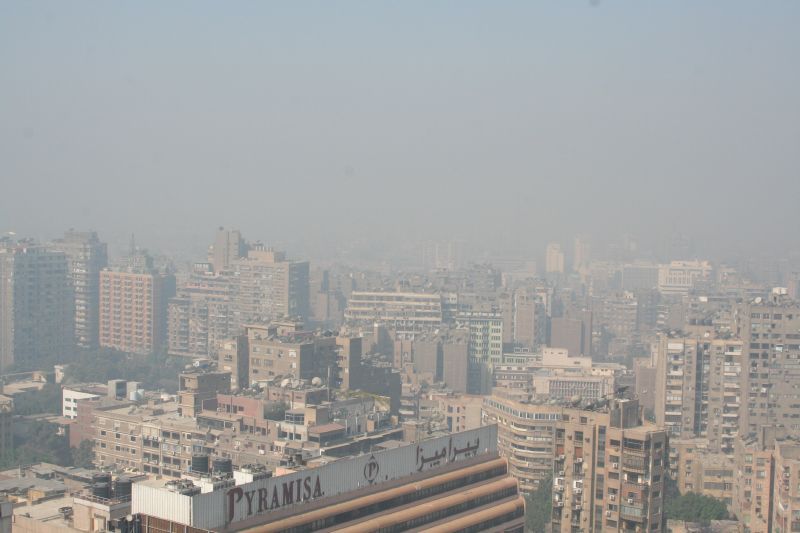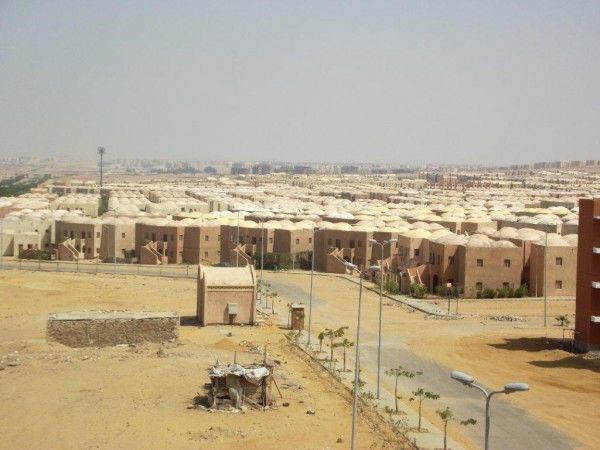

Outline of a Microclimatic Portrait of Cairo – Methods of Ethnography
The definition of microclimate that Egyptian Hassan Fathy gives in his 1986 book Natural Energy and Vernacular Architecture is very much linked to comfort. There is an idea of body regulation in regard to the climate. Humans sweat, create clothes, houses, and even artificial lakes like animals hibernate: if humans are not able to physiologically react with the body to preserve it from being harmed by the weather, they create the conditions to do so. That is basically what Hassan Fathy calls the microclimate. Microclimate is what we re-create to fulfill comfort, or, as I would otherwise put it, to create satisfaction. Following the work of Abubakr Merghani (in Environmental Diversity and Architecture, Edited by Koen Steemers and Mary Ann Steane in 2004), this notion of satisfaction translates more accurately the dynamic link between the microclimate and its perception by the maker. For Fathy, “a principal purpose of building is to change the microclimate”. Fathy highlights to what extent climate is determining architecture as well as people habits: according to him, it is fundamental to constantly have in mind the tension between these three aspects, climate, people customs, and architecture, for a good design practice. This last point stands in line with our intention to introduce you to some ethnographic practice.